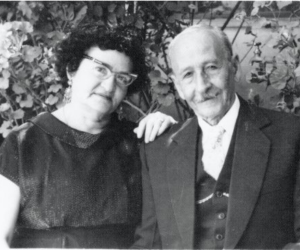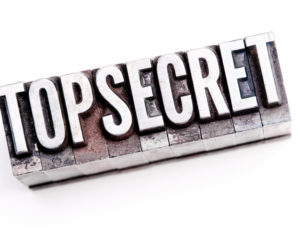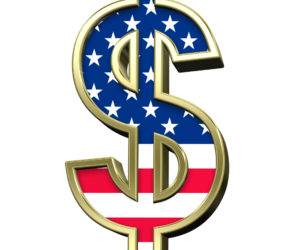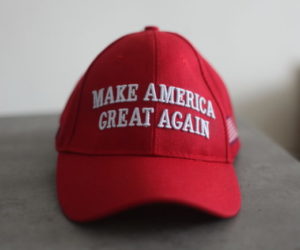
Caveats:
I can’t tell the difference between a $7.95 and a $27.95 bottle of wine.
I often buy and drink screwcap-bottled wine and even sniff the screw cap.
Just like some sommeliers, I probably could not tell the difference between a 2007 Domaine de la Romanee-Conti Montrachet Grand Cru and a 2021 Barefoot Box Buttery Chardonnay.
I have a challenging time detecting in my wines the “intense and complex” flavor and aromas of caramel, ripe black cherries, chocolate or honeysuckle, aging oak, hay and green pepper, let alone warm plums, leather or tobacco.
In other words, I am not a wine connoisseur, unless picking grapes at a local vineyard qualifies me as such (below).

Having put that to rest, I do like to visit the “new” vineyards sprouting up all around the Texas Hill Country, taste their great wines and watch programs about wine making and the wine industry.
One of those programs on this morning’s TODAY Show focused on China’s burgeoning wine industry, its “own equivalent of Napa Valley.”
NBC’s Janis Mackey Frayer points out how a love of wine is taking hold in China where a sandy and arid region on the edge of the Gobi Desert, China’s Ningxia region, has blossomed into thousands of acres of vineyards and has made China one of the world’s largest producers of wine.
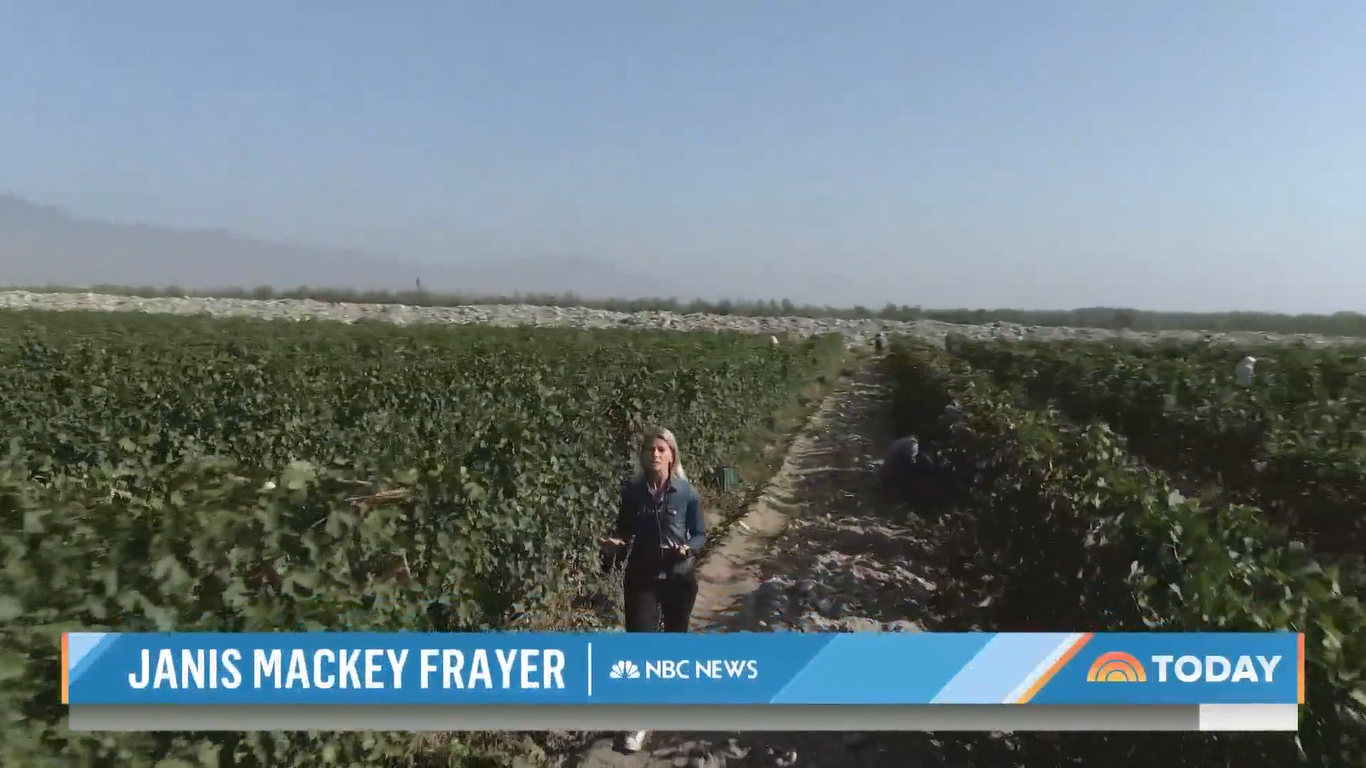
She also provides some interesting data, and statistics.
For example, China’s growing middle class consumes more wine than France. With more than one billion people of wine drinking age in China, that should not be a big surprise. China is only second to Spain in the amount of acreage dedicated to vineyards. Finally, the wine industry is giving China’s coal industry a run for its money in the new “gold rush.”
A March 2019 article ranks China as the sixth largest producer of wine and another points out that, in 2020, “China’s wine market ranked as the world’s third-largest in terms of revenue after the United States and France” and that China is the largest grape producer worldwide.
The TODAY report also mentions that China’s wine industry “barely existed” in the 1980s.
Matteo Fagotto writes at Goldthread how, just 30 years ago, “large swaths of land outside Yinchuan, the capital of China’s Ningxia region, were just forlorn stretches of sand inhabited by a smattering of subsistence farmers…But starting in the 1980s, land reclamation and irrigation began making agriculture possible.” With the import of European grapes, Ningxia’s wine industry took off and by 2007, wine was the region’s second-biggest industry, after coal.
However, the winemaking tradition in China goes back more than 3,000 years, to the Han Dynasty, with the introduction of the common grape Vitis Vinifera from Central Asia.
Wine became “popular” (“The wine was no longer just for the imperial court –it was also for the rest of the nation”) during the Tang Dynasty (618 AD – 907 AD).
Then, in 1892, the famous diplomat Zhang Bishi, imported vines from both Europe and the U.S. and established the first modern Chinese winery.
These and many other interesting historical facts about China’s wine culture and industry come from the excellent article, “Historical Overview of the Wine Market in China.”
But it would be in the late 80s and 90s when the “the modern era of winemaking” in China really started to take off resulting in a nearly 30-fold increase of vineyard land from the level in 1980, making China one of the world’s leading producers of grapes and wine.
Government support of the industry has been crucial. It included, in 2012, an ambitious Five-year Plan for the wine industry, containing the creation of 12 wine regions.
The Ningxia region covered by TODAY is still one of China’s top two wine regions boasting Château Changyu–Moser XV, a Bordelais-style chateau complete with moat and fountains (lead image) that would make any French wine connoisseur feel at home. Its flagship wine by the same name is supposed to be fairly good, too.
Once again, I am not a wine (or champagne) connoisseur, but I do enjoy a glass of wine, and I did splurge $19.95 on a magnum-size bottle of champagne crude that is big enough to say ganbei to our readers and wish them a Very Happy New Year.
And I will try a Chinese wine soon.




